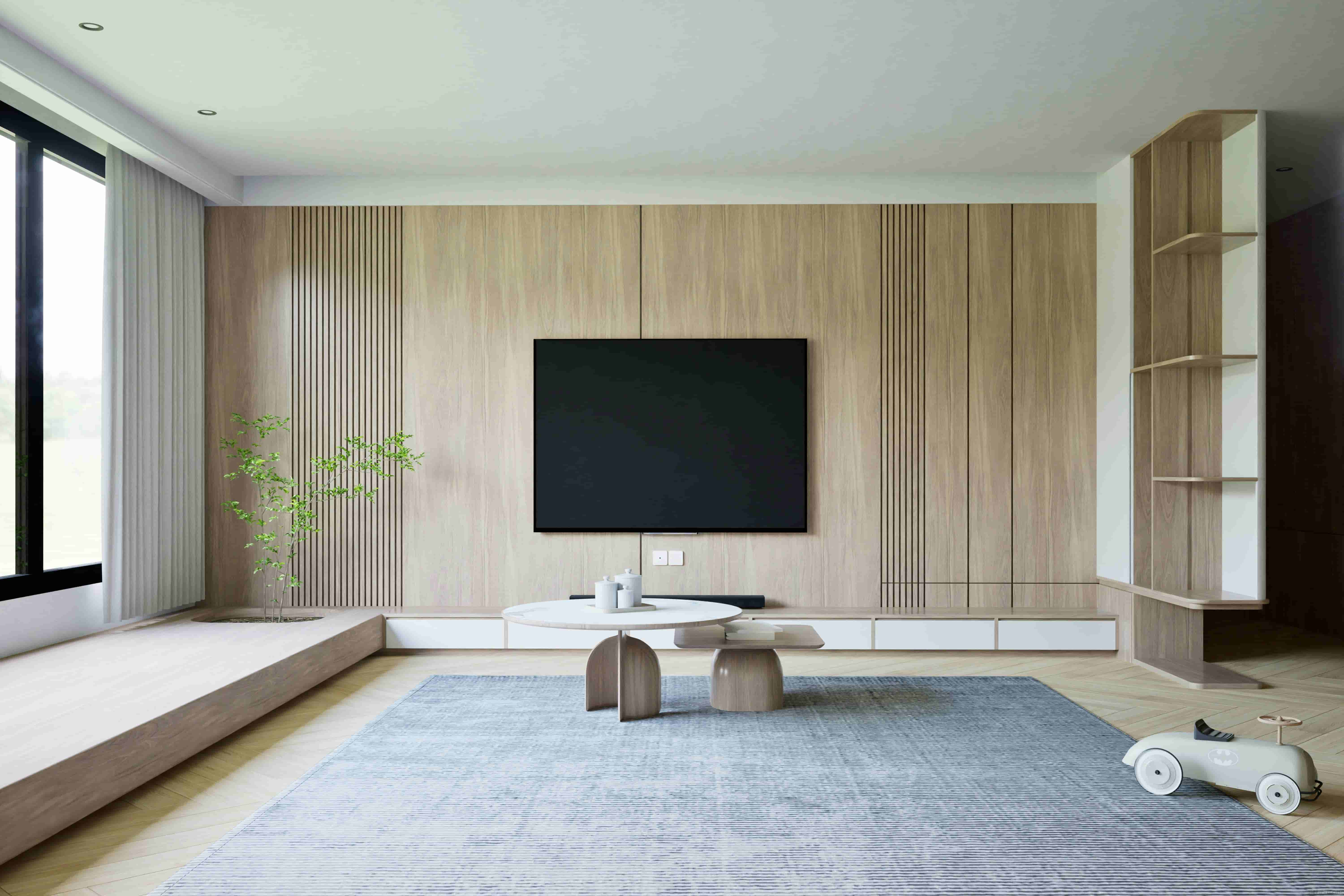返回
打造功能丰富的 Android 自定義對話方塊
Android
2023-12-03 03:26:05
自订 Android 对话框:提升用户体验和应用程序外观
在移动应用程序开发中,对话框是必不可少的界面元素,可以让您在不中断用户体验的情况下传达重要信息或要求输入。Android 提供了内置的对话框类,但有时您可能需要根据特定需求调整其外观和行为。本文将指导您逐步了解如何在 Android 中创建自定义对话框,让您完全控制其外观和功能。
自定义对话框的优势
自定义对话框提供了许多优势,包括:
- 个性化外观: 您可以自定义对话框的颜色、字体、图标和布局,以符合应用程序的整体美学。
- 增强可用性: 自定义对话框可以让您根据应用程序的特定需求调整按钮布局、消息文本和输入栏。
- 优化用户体验: 精心设计的自定义对话框可以提升用户界面的流畅性,让用户与您的应用程序交互更加直观。
创建自定义对话框的步骤
创建自定义对话框的过程涉及以下步骤:
- 建立布局: 使用 XML 布局文件创建对话框的外观。这包括定义对话框的结构、元素和样式。
- 建立对话框类: 建立一个扩展自
Dialog类的 Java 类,并在此初始化布局和设置对话框的属性。 - 显示对话框: 使用
show()方法显示对话框,让用户可以在对话框中进行交互。
代码示例:
以下是一个简单的自定义对话框示例,具有标题、消息和两个按钮:
<!-- 对话框布局 -->
<LinearLayout xmlns:android="http://schemas.android.com/apk/res/android"
android:layout_width="wrap_content"
android:layout_height="wrap_content"
android:orientation="vertical"
android:padding="16dp">
<TextView
android:id="@+id/dialog_title"
android:layout_width="match_parent"
android:layout_height="wrap_content"
android:text="标题"
android:textSize="18sp"
android:textStyle="bold" />
<TextView
android:id="@+id/dialog_message"
android:layout_width="match_parent"
android:layout_height="wrap_content"
android:text="消息" />
<Button
android:id="@+id/dialog_positive_button"
android:layout_width="wrap_content"
android:layout_height="wrap_content"
android:text="确定" />
<Button
android:id="@+id/dialog_negative_button"
android:layout_width="wrap_content"
android:layout_height="wrap_content"
android:text="取消" />
</LinearLayout>
// 对话框类
public class CustomDialog extends Dialog {
private Button positiveButton;
private Button negativeButton;
public CustomDialog(@NonNull Context context) {
super(context);
setContentView(R.layout.custom_dialog);
// 初始化元素
positiveButton = findViewById(R.id.dialog_positive_button);
negativeButton = findViewById(R.id.dialog_negative_button);
// 设置按钮事件监听器
positiveButton.setOnClickListener(new View.OnClickListener() {
@Override
public void onClick(View v) {
// 执行确定按钮的動作
dismiss();
}
});
negativeButton.setOnClickListener(new View.OnClickListener() {
@Override
public void onClick(View v) {
// 执行取消按钮的動作
dismiss();
}
});
}
// 设置标题
public void setTitle(String title) {
TextView titleView = findViewById(R.id.dialog_title);
titleView.setText(title);
}
// 设置消息
public void setMessage(String message) {
TextView messageView = findViewById(R.id.dialog_message);
messageView.setText(message);
}
}
自定义对话框的进阶功能
除了基本的自订对话框外,您还可以加入进阶功能,例如:
- 动态内容: 使用程式码动态调整对话框中的内容,例如根据用户输入显示消息。
- 自订主题: 建立自订主题,以套用至对话框,确保它与应用程序整体风格保持一致。
- 动画效果: 使用动画让对话框的显示和隐藏更具视觉效果。
进阶代码示例:
以下是一个带动画的自定义对话框示例:
<!-- 对话框布局 -->
<LinearLayout xmlns:android="http://schemas.android.com/apk/res/android"
android:layout_width="wrap_content"
android:layout_height="wrap_content"
android:orientation="vertical"
android:padding="16dp">
<TextView
android:id="@+id/dialog_title"
android:layout_width="match_parent"
android:layout_height="wrap_content"
android:text="标题"
android:textSize="18sp"
android:textStyle="bold" />
<TextView
android:id="@+id/dialog_message"
android:layout_width="match_parent"
android:layout_height="wrap_content"
android:text="消息" />
<Button
android:id="@+id/dialog_positive_button"
android:layout_width="wrap_content"
android:layout_height="wrap_content"
android:text="确定" />
<Button
android:id="@+id/dialog_negative_button"
android:layout_width="wrap_content"
android:layout_height="wrap_content"
android:text="取消" />
</LinearLayout>
// 对话框类
public class CustomDialog extends Dialog {
private Button positiveButton;
private Button negativeButton;
public CustomDialog(@NonNull Context context) {
super(context);
setContentView(R.layout.custom_dialog);
// 初始化元素
positiveButton = findViewById(R.id.dialog_positive_button);
negativeButton = findViewById(R.id.dialog_negative_button);
// 设置按钮事件监听器
positiveButton.setOnClickListener(new View.OnClickListener() {
@Override
public void onClick(View v) {
// 执行确定按钮的動作
dismiss();
}
});
negativeButton.setOnClickListener(new View.OnClickListener() {
@Override
public void onClick(View v) {
// 执行取消按钮的動作
dismiss();
}
});
// 设置动画
getWindow().getAttributes().windowAnimations = R.style.DialogAnimation;
}
// 设置标题
public void setTitle(String title) {
TextView titleView = findViewById(R.id.dialog_title);
titleView.setText(title);
}
// 设置消息
public void setMessage(String message) {
TextView messageView = findViewById(R.id.dialog_message);
messageView.setText(message);
}
}
结论
自定义对话框是让您的 Android 应用程序更具个性化和功能性的强大工具。通过遵循本文中的步骤,您可以创建功能丰富且外观精美的自定义对话框,以提升用户体验和应用程序的外观。通过充分利用自定义对话框的可能性,您可以为用户打造难忘且直观




